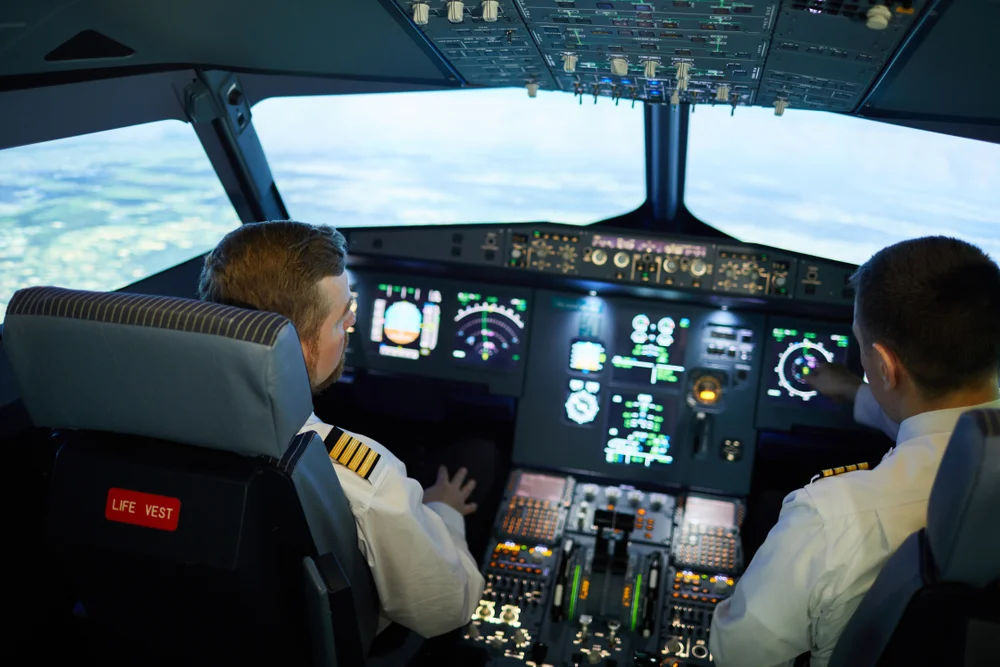Flying safer by preventing aviation accidents
Eye tracking technology has a definitive role to play in both flight simulators and on the line.
Gaze scanning and eye tracking technology have evolved from an exciting research area to everyday reality, with Seeing Machines’ Driver Monitoring Systems installed in new car models, trucks, and off-road vehicles all over the world.
The most mature market for eye tracking technology is currently trucks, where our Guardian product is employed to detect if a driver is distracted or experiencing a microsleep, triggering a warning and alerting the driver.
Patrick Nolan, our General Manager of Aviation affirms that “our technology around head, eye and face tracking is about spending money on technology but focused on the human in the loop, understanding how that human is interacting with the automation. Are they alert, are they aware, do they understand what is happening?”
In a flight simulator, Seeing Machines’ eye tracking technology provides a real-time overlay on an instructor’s screen of where a pilot is looking on the Navigation Display or Primary Flight Display. This gathered information can be reviewed and debriefed after a training session in a flight simulator, improving the training of pilots and subsequently flight safety.
Both Emirates and Qantas employ Seeing Machines’ technology within their flight simulators. Qantas currently uses the technology to help pilots adjust to using the Head-Up Display (HUD) on their Boeing 787 flight simulators. Patrick Nolan says employing eye tracking technology while conducting crucial flight simulator scenarios such as an engine failure, provides instructors with “a level of granularity on where the pilots were looking and when decisions were being made.”
There is potential to get Seeing Machines’ eye tracking technology integrated into commercial aircraft, eventually, to improve the safety of the crew, passengers, and aircraft.
To learn more about the applications of eye tracking technology in Aviation, read the Yocava article: Gaze tracking tech aims to make the leap into the flight deck.
